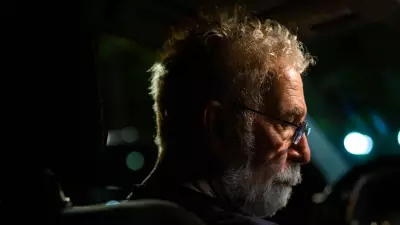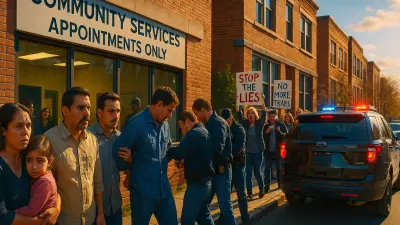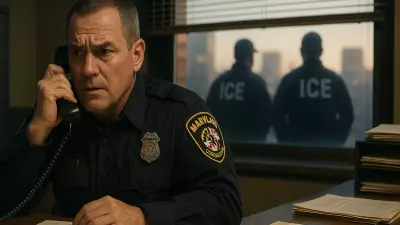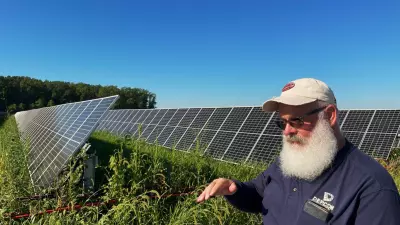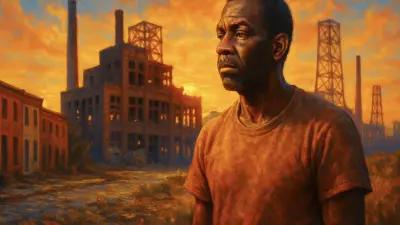In Season 2, Episode 4 of the Postindustrial Podcast, Oregon-based photojournalist John Rudoff talks to host Carmen Gentile about protests and federal response in Portland, Ore..

Rudoff is a full-time freelance photojournalist who lives in Portland, Ore. His principal current outlet is Sipa USA and AP Images, with whom he has worked for about three years. Recently he has covered political events in Charlottesville, Va., Standing Rock, Colo., Greece, Bangladesh, Hong Kong, and Paris. Here’s an excerpt from their conversation:
You have been on the ground on the frontline of the protests in Portland. Tell us a little bit about what that’s like.
It started approximately May 28 or 29, after the George Floyd murder. And it became progressively larger, more energetic, and progressively more involved with police response.
Initially, there was a small gathering (at the end of May). There was a large, very aggressive gathering outside our justice center, which is the local jail and the central precinct of the police station and the headquarters for all of the administrative structures of the police. Some windows were broken, a small fire was started, and then the crowd proceeded downtown and rioted.
Subsequent to that, the police and the city put up first, some plywood boards over the broken windows in the justice center, and then a 10-foot-tall chain-link fence around the justice center to keep people away from it. (The fence) became the focal point for weeks of nightly demonstrations, ranging from 500 to several thousand people where fireworks were set off and bottles were thrown.
Then the police would start shooting rubber bullets and tear gas and pepper balls. Then they would come out from behind the fence and throw people out of the two park blocks that were directly adjacent and across the street to these buildings.
This went on for several weeks until (early July), when people started throwing fireworks and spray painting the federal courthouse, the Mark O. Hatfield Federal Courthouse. Then the next day, the federal agents magically appeared no one, at least no one on the ground knew that they were in town.
They started projecting force from the courthouse. And this became a nightly event that has gone on every night since from then until last night. There seems to have been somewhere between 50 and a hundred of these folks. They’re very heavily armed. They have pepper balls, rubber bullet launchers, tear gas. And, they have responded to varying degrees of a front from the protestors, which includes commercial fireworks, rocks and bottles, and so forth. And they’ve put up progressively stronger levels of fence. And each time these have been torn down by the protestors. So it’s been sort of a …standoff.
There’s a consistency to the protest in Portland that we’ve seen there. Like you just mentioned night after night, that’s unlike any other city in America. Why is that? What is it that’s happening in Portland that makes the folks so willing to go into the streets to fight and to protest?
We’ve been doing this for a generation. The protests that I know about started in the Bush one era and really have never stopped. We have a very thriving subculture of political activism. And honestly, I’ve lived here for 30 years. There is a free-spiritedness here that does not seem to be tameable.
In fact, one of our governors remarked that the state was ungovernable, as he resigned. And that is a tradition that has gone on here forever. The analogy is really to Seattle, which is larger and grungier, but, we seem to have just had this tradition of political and political/social protest.
Listen to the rest of the conversation on this week’s Postindustrial Podcast.
[ai_playlist id=”21005″]

